
“Sustainable Cities and Communities” is the topic of this unit.
■ Learn the vocabulary and expressions related to sustainable cities and communities
■ Get to know and share your thoughts on the countries facing issues related to cities and communities
■ Give a presentation related to sustainable cities







| 1. | Based on the passage, to what are developing countries home? |
| Developing countries are home to _______________. |


| 2. | Did you do your research on the sub-textbook? Did you find an activity to solve the inequality issues? Please tell me what the organization/association does and how you feel about it. |




In the next part, we are going to learn about “Sustainable Cities and Communities”.

| 1. | Where is Denmark? A, B or C? |
| The answer is _________. |



| 2. | What can you see in the pictures? Please describe as many as you can from each picture. |
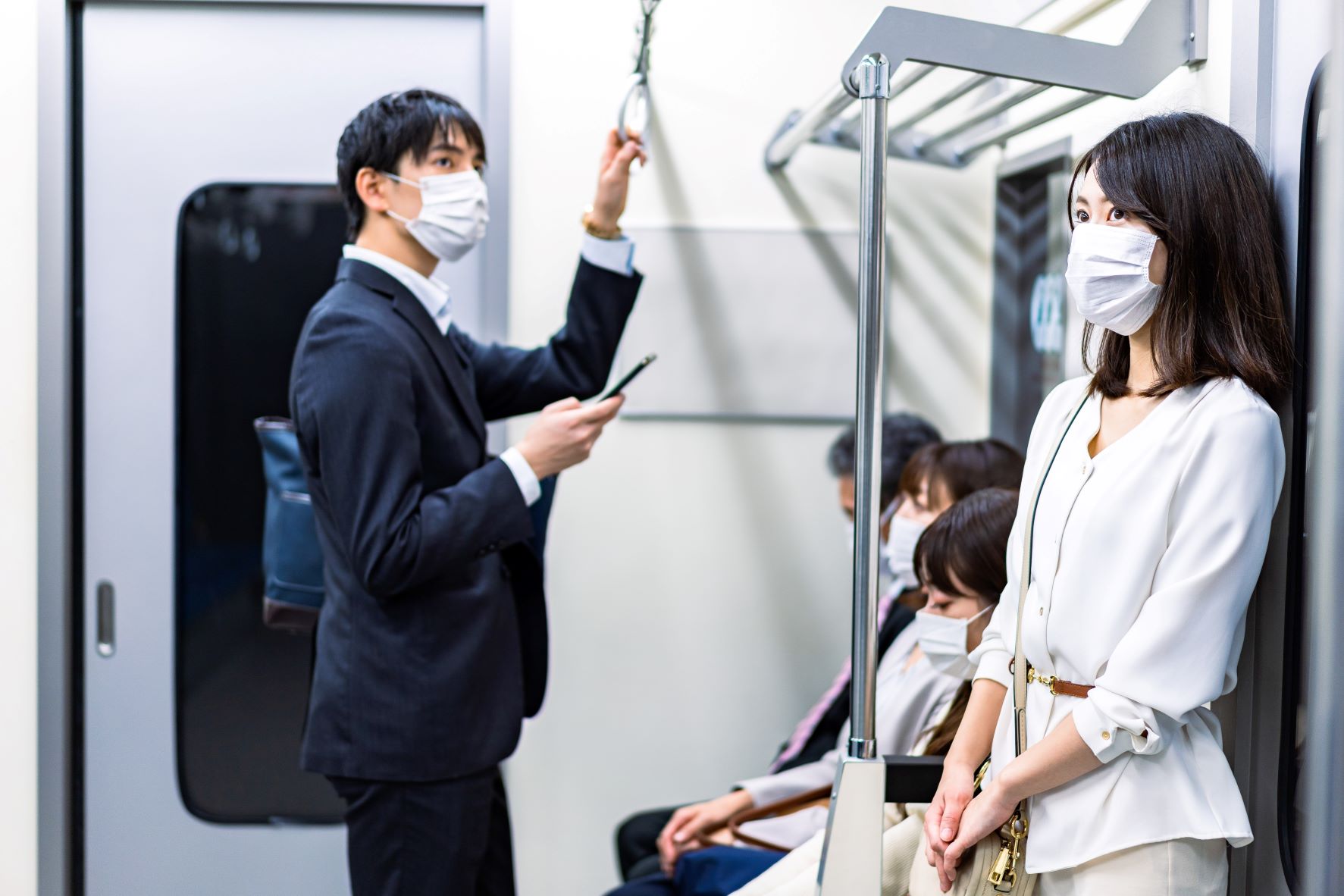 |
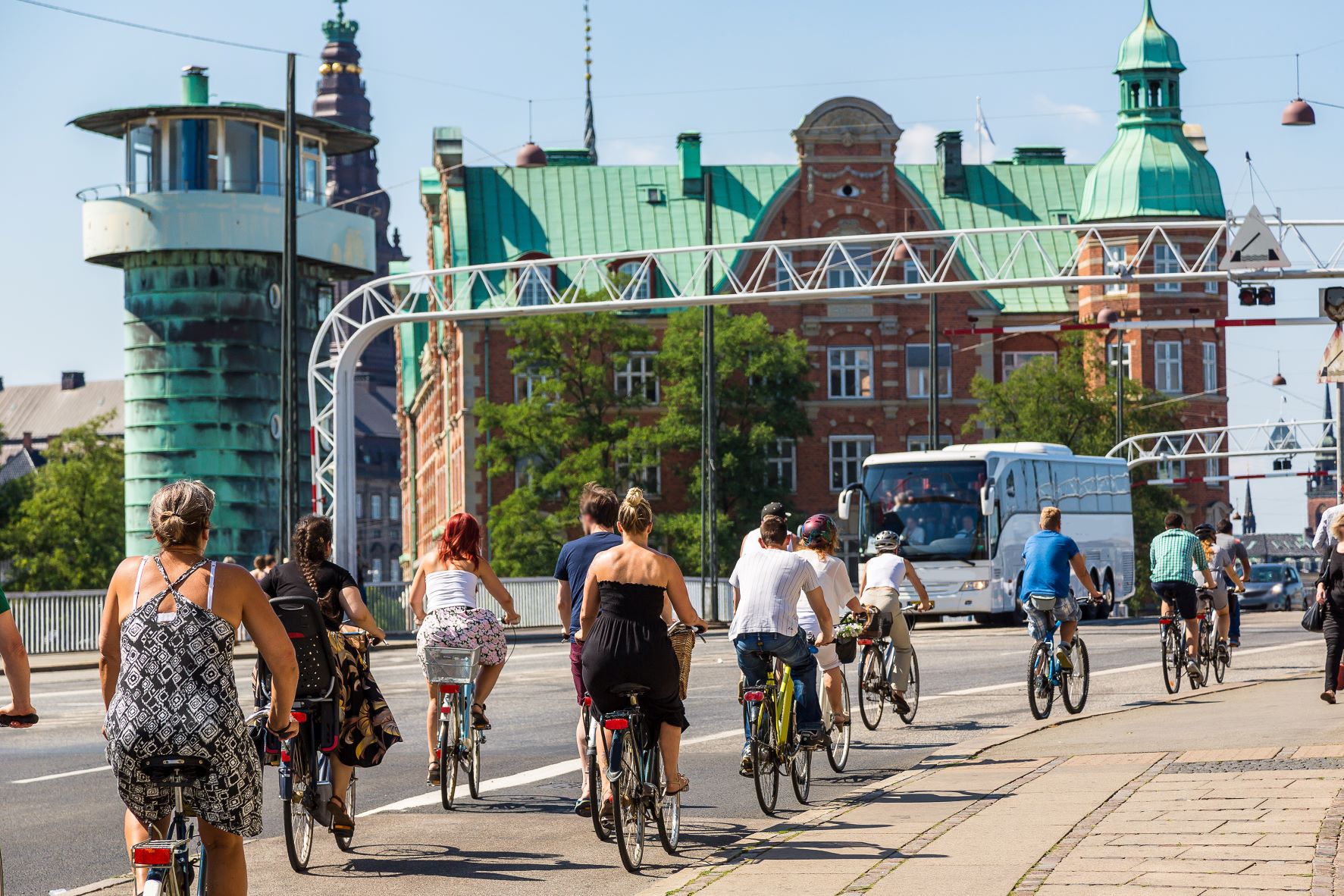 |
| Answer: |





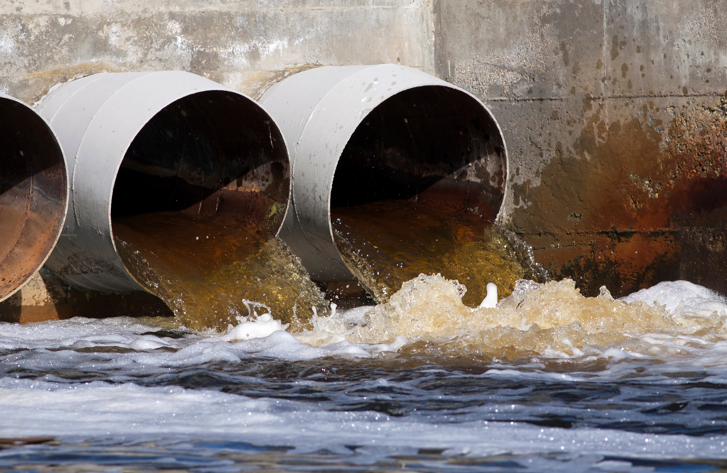
|
sewage 下水、汚水
Untreated sewage is mainly responsible for polluting the seas.
|
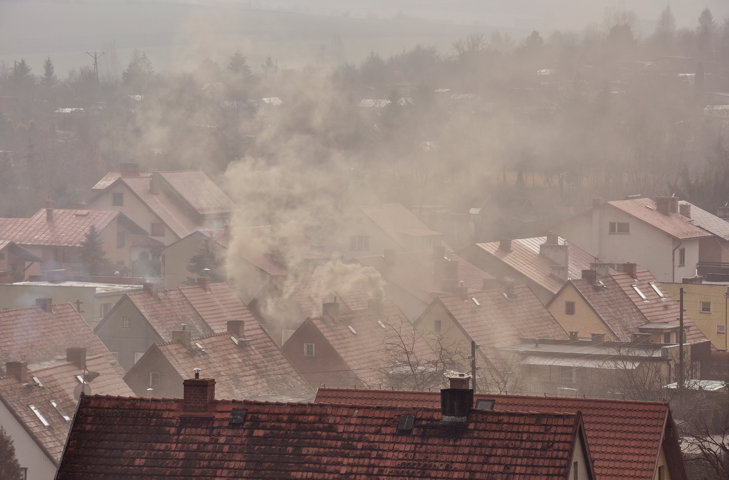
|
smog スモッグ、煙霧
Smog can be poisonous and must be removed as soon as possible.
|
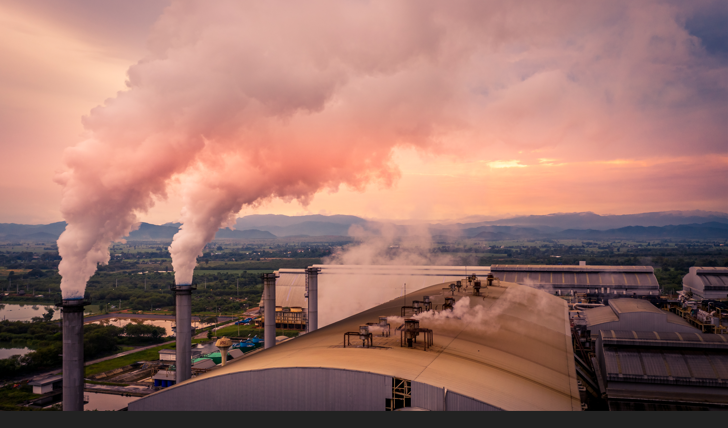
|
emit 放出する
When forests die because of global warming, they emit carbon.
|
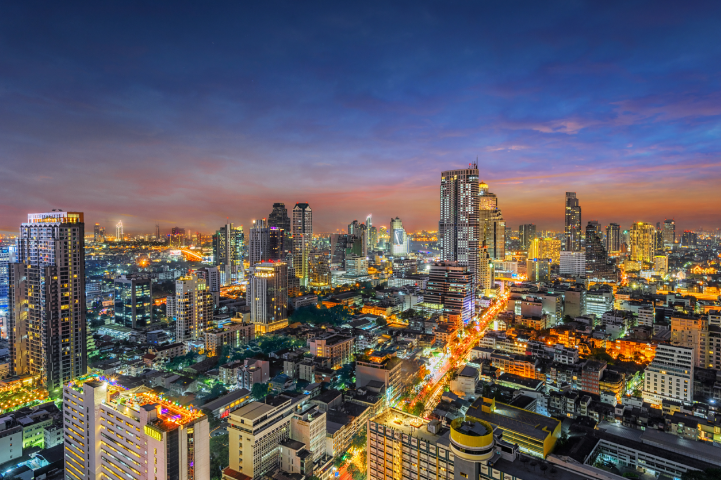
|
urbanization 都市化
Urbanization of small towns during the 1900s led to big cities.
|



| 1. | Some cities do not have proper _______________ systems. |
| 2. | _______________ can be fatal if left untreated. |
| 3. | The country’s cars _______________ 25 percent of total carbon dioxide emissions. |
| 4. | ___________________ has created a great deal of employment. |




Then, let’s move on to the next part.

Rapid urbanization puts freshwater resources, sewage systems, the living environment, and public health at risk. Freshwater is extremely scarce, accounting for about 3 percent of the world’s water. Rivers, lakes, and aquifers are drying out or polluted to the point of being unusable.

Despite covering only 3 percent of the Earth’s land, cities are responsible for 60-80 percent of world energy use and 75 percent of carbon emissions. The smog and air pollution they emit cause climate change by trapping heat.


| 1. | According to the article, what is at risk due to rapid urbanization? |
| Answer: |

Copenhagen, Denmark, is one of the most eco-friendly and energy-efficient cities in the world. Over a third of all transportation fossil-fuel use has been eliminated, equal to 90,000 tons of greenhouse gases each year. Copenhagen’s bicycles are the primary method of transportation, with well-maintained bike lanes.
Cape Town, South Africa, has also turned to innovative technologies to help make the city more environmentally friendly. Cape Town has invested in its rapid service, My CiTi, which allows people to mount their bikes on buses for free to assist them around without having to use a car.


| 2. | What and how much has been eliminated in Copenhagen? |
| Answer: |






| What are the two of most important things for sustainable cities? Please share the advantages as well. |
| 1. | |
| 2. |


| Opening | Good morning/ afternoon/ evening. Today, I’d like to talk about (theme). I’ll discuss two important factors in a sustainable city and the advantages. |
| Body |
① (first factor and advantages) ② (second factor and advantages) |
Closing | These are two important factors of an ideal sustainable city. |

| Opening | Good morning/ afternoon/ evening. Today, I’d like to talk about (theme). I’ll discuss two important factors in a sustainable city and the advantages. |
| Body |
① __________________________________________ ② __________________________________________ |
| Closing | _____________________________________________ |



| Answer: |




